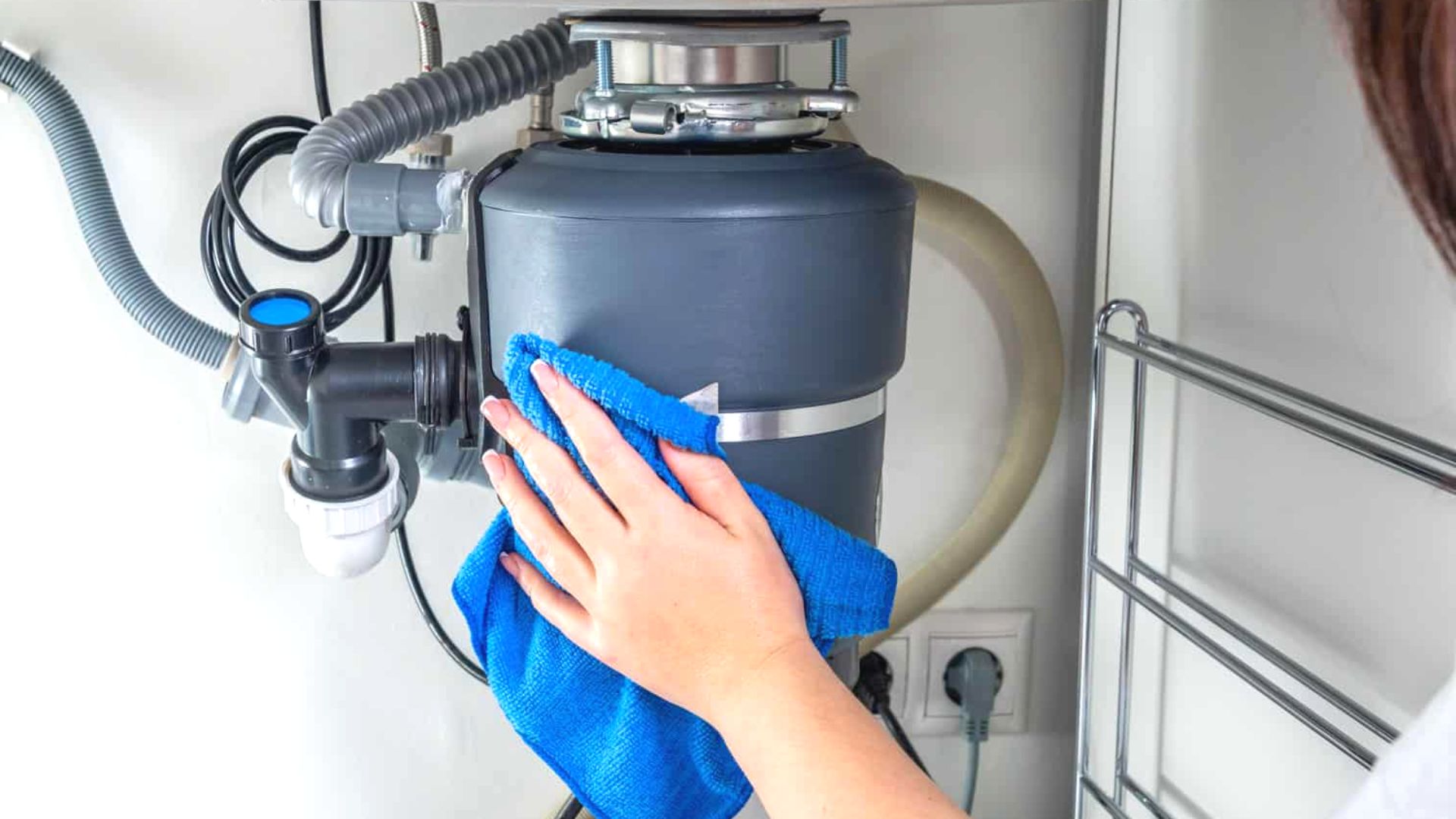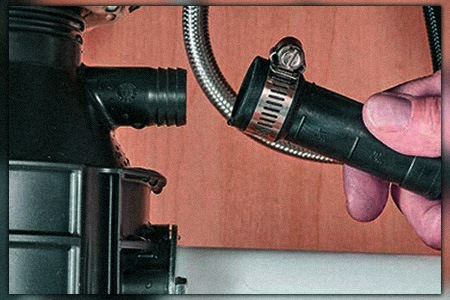Best Tips for Fixing a Leaking Waste Disposal Unit
Best Tips for Fixing a Leaking Waste Disposal Unit
Blog Article
What're your beliefs about Why Is My Garbage Disposal Leaking From the Bottom??

Garbage disposals are essential kitchen area devices that aid in throwing away food waste successfully. However, a leaking garbage disposal can be an aggravating and untidy issue to take care of. The good news is, lots of leakages can be fixed conveniently with a couple of simple actions. In this short article, we will certainly go over just how to take care of a dripping waste disposal unit properly.
Introduction
Waste disposal unit are set up under cooking area sinks and are created to shred food waste into smaller sized pieces, enabling it to pass through the pipes system conveniently. While these tools are typically trustworthy, leakages can take place in time as a result of wear and tear, loose connections, or damage to the system.
Step-by-Step Guide to Dealing With a Leaking Waste Disposal Unit
Turn Off the Power
Before attempting any kind of repair work, make certain that the power to the waste disposal unit unit is shut off to prevent the threat of electrical shock.
Find the Leakage
Recognize the specific location of the leakage and determine the cause
Tighten Links
Make use of a wrench to tighten any kind of loosened links in between the disposal device and the plumbing system.
Change Seals or Gaskets
If the leak results from worn seals or gaskets, get rid of the old elements and replace them with brand-new ones.
Patching Fractures or Holes
For cracks or holes in the disposal unit, use epoxy or an appropriate patching product to seal the broken area.
Determining the Resource of the Leakage
Prior to attempting to repair a dripping garbage disposal, it is important to recognize the source of the leakage. This can usually be done with visual assessment or by carrying out basic tests.
Visual Inspection
Evaluate the waste disposal unit device thoroughly for any type of signs of water leak. Pay close attention to locations around seals, gaskets, and link points.
Evaluating for Leaks
One means to test for leakages is by running water with the disposal device and looking for any kind of noticeable signs of leakage.
Usual Root Causes Of Leakages in Waste Disposals
Worn Seals and Gaskets
Seals and gaskets play a critical duty in preventing water from leaking out of the waste disposal unit. With time, these components can wear away, leading to leaks around the disposal system.
Loose Links
The links between the garbage disposal and the plumbing system can end up being loosened over time, causing water to leakage out during procedure.
Splits or Openings in the Disposal System
Physical damage to the garbage disposal, such as splits or openings in the housing, can additionally result in leakages.
Devices and Materials Needed for Fixing a Leaking Garbage Disposal
Prior to starting the repair work process, collect the needed devices and materials, including a screwdriver, flexible wrench, plumbing's putty, replacement seals or gaskets, and epoxy or patching material for repairing cracks or openings.
Evaluating the Waste Disposal Unit After Repair Service
Once the repair service is complete, evaluate the garbage disposal by running water with it to make certain that the leakage has actually been resolved.
Preventive Upkeep Tips to Stay Clear Of Future Leakages
To stop future leakages, it is essential to carry out regular upkeep on your waste disposal unit. This consists of maintaining it clean, avoiding placing non-food products or hard items down the disposal, and occasionally checking for leakages or other issues.
Final thought
Finally, taking care of a dripping waste disposal unit is a reasonably straightforward process that can be finished with basic devices and products. By complying with the steps detailed in this article and exercising preventive maintenance, you can keep your garbage disposal in good working condition and stay clear of expensive repairs in the future.
HERE’S HOW TO FIX YOUR GARBAGE DISPOSAL
WHAT TO DO IF SOMETHING IS STUCK IN YOUR GARBAGE DISPOSAL
If the impeller won’t turn, there’s probably something stuck in the disposal. It could be a steak bone or peach pit, although plumbers report pulling all sorts of inappropriate objects out of disposals, such as bottle caps or aluminum foil. Make sure power to the disposal is off, and look inside to see if you can see the source of the jam.
Never stick your fingers in a disposal. Pull out anything you see with tongs or pliers.
If the disposal still won’t work, it may be time to call a plumber or consider buying a new disposal. GEM Plumbing & Heating is here for all of your garbage disposal needs.
WHAT TO DO IF YOUR GARBAGE DISPOSAL DRAIN IS CLOGGED
Take everything out from underneath your sink and put a bucket or other container under your disposal to catch any water that drains out. Disconnect your disposal from the power supply. If it’s plugged into a wall outlet, unplug it. If it’s hardwired into an electrical box, go to the electrical panel and turn off the breaker for the disposal. Pour ¼ cup of baking soda into the drain, followed by ½ cup of white vinegar. Give the solution a few minutes to fizz and do its work. Look into the disposal with a flashlight to see if you can see an object that might be causing the clog. If you see it, remove it using tongs or pliers. MORE TIPS ON DEALING WITH A CLOGGED GARBAGE DISPOSAL
Never use drain cleaner in a garbage disposal. It can damage the plastic parts inside the disposal. You can also be splashed with the caustic liquid while working to clear the clog. Beware! Never stick your fingers into a garbage disposal. Trust us — not a good idea. In many instances, your dishwasher drains through your garbage disposal. This allows the disposal to grind any large food particles that may be drained out of your dishwasher. There are some jurisdictions, however, where the plumbing code prohibits such a connection. WHAT TO DO WHEN YOUR DISHWASHER DRAINS THROUGH THE DISPOSAL
Run some water in the sink so your plunger has at least a ½-inch of water to create a seal and plunge vigorously up and down several times. You may need to repeat this several times. Run hot water down the drain to clear any residue that remains.

I am very occupied with Why Is and I really hope you appreciated our blog post. Enjoyed our review? Please share it. Let other people check it out. Thanks so much for taking the time to read it.
Detail Report this page